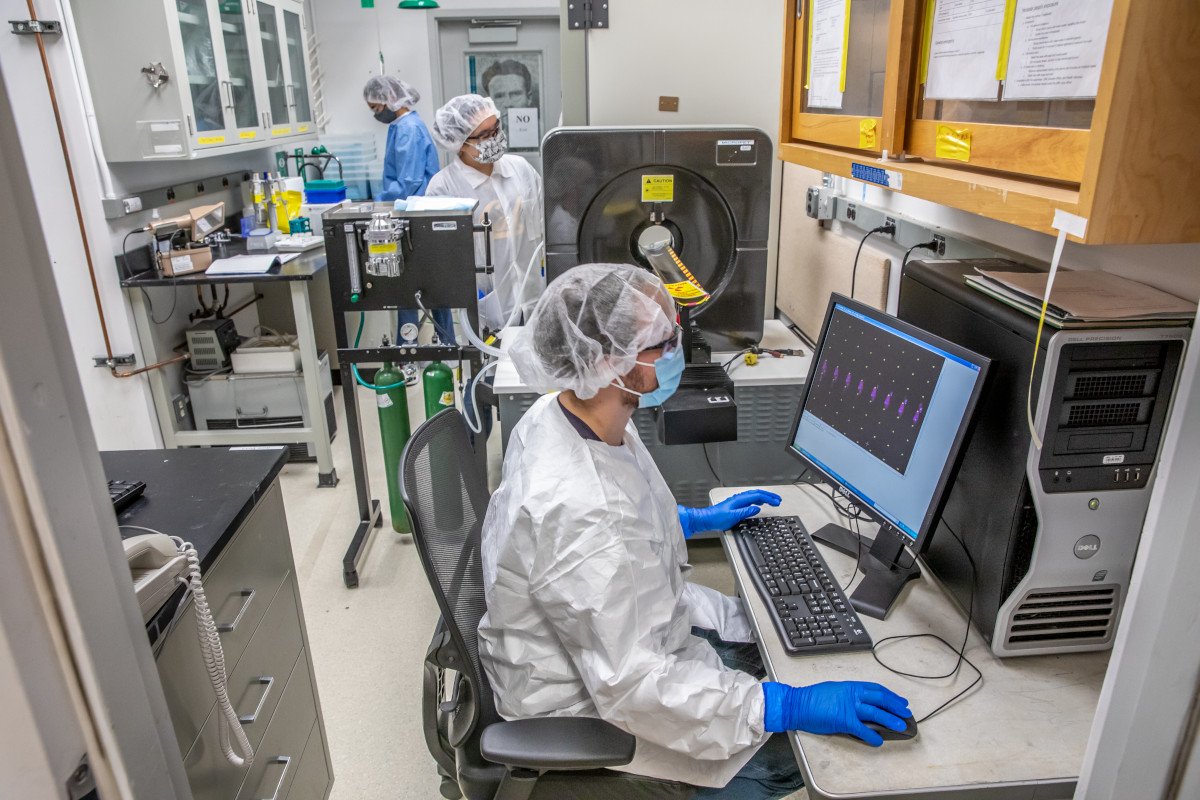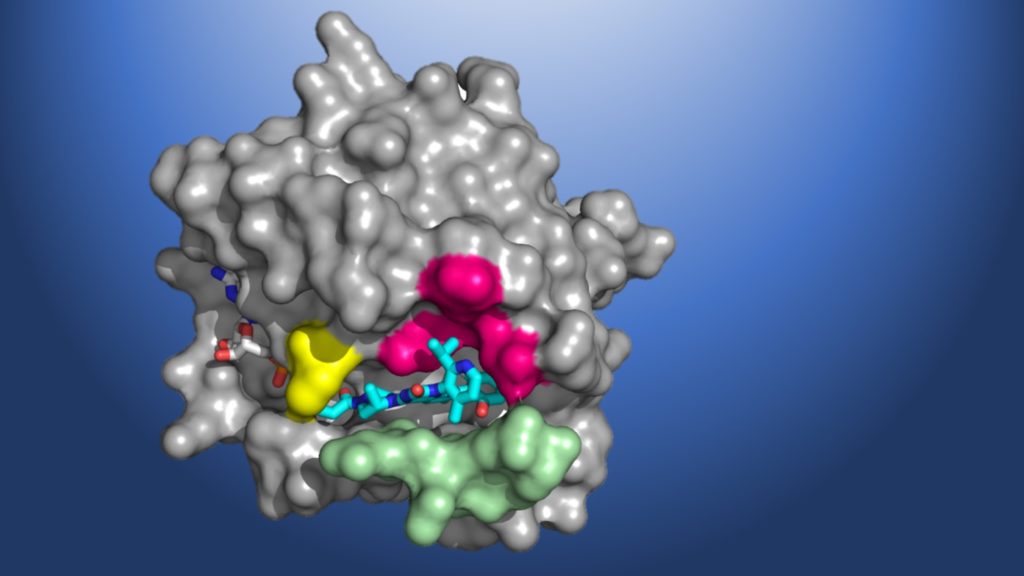Vapes are thought to be a “safer” way to consume cannabis, but they present their own risks. Researchers have discovered toxic metal particles in vaping liquids even before first use of the device, and this toxicity was worse in illicit products. They will present their results at ACS Spring 2024.
Tag: Heavy Metals
From the Arctic to Antarctic: scientists estimated accumulation of metals in lakes of polar regions of the Earth
Russian scientists analyzed the process of accumulation of heavy metals in sediments of lakes of polar and subpolar regions of the world. Researchers found out that lead and antimony are well accumulated even in lakes situated far from direct sources of pollution.
Metal Contamination Causes Metabolic Stress in Environmental Bacteria
Most studies on the effects of heavy metals on bacteria living in these environments have only focused on one metal at a time. In this study, researchers found that exposing bacteria to a mixture of metals caused their metabolism to change and led them to act as if they were starved for iron.
Mangroves: environmental guardians of our coastline
They are the salt-tolerant shrubs that thrive in the toughest of conditions, but according to new UniSA research, mangroves are also avid coastal protectors, capable of surviving in heavy metal contaminated environments.
Print, Recycle, Repeat: Scientists Demonstrate a Biodegradable Printed Circuit
Scientists have developed a fully recyclable and biodegradable printed circuit. The advance could divert wearable devices and other flexible electronics from landfill, and mitigate the health and environmental hazards posed by heavy metal waste.
Flexible, wearable X-ray detector doesn’t require heavy metals
Researchers in ACS’ Nano Letters report a proof-of-concept wearable X-ray detector prepared from nontoxic metal-organic frameworks (MOFs) layered between flexible plastic and gold electrodes for high-sensitivity sensing and imaging.
Are Heavy Metals Toxic? Scientists Find Surprising New Clues in Yeast
Scientists at Berkeley Lab and UC Berkeley have compiled the most complete library yet of lanthanide heavy metals and their potential toxicity – by exposing baker’s yeast to lanthanides. Their findings could help researchers uncover hidden pathways between lanthanide metals and disease.

Scientists Recruit New Atomic Heavyweights in Targeted Fight Against Cancer
Researchers from Berkeley Lab and Los Alamos National Laboratory have developed new methods for the large-scale production, purification, and use of the radioisotope cerium-134, which could serve as a PET imaging radiotracer for a highly targeted cancer treatment known as alpha-particle therapy.
How Did Red Algae Survive in Extreme Environments?
Red algae have persisted in hot springs and surrounding rocks for about 1 billion years. Now, a Rutgers-led team will investigate why these single-celled extremists have thrived in harsh environments – research that could benefit environmental cleanups and the production of biofuels and other products.

Science Snapshots From Berkeley Lab
This edition of Science Snapshots highlights the discovery of an investigational cancer drug that targets tumors caused by mutations in the KRAS gene, the development of a new library of artificial proteins that could accelerate the design of new materials, and new insight into the natural toughening mechanism behind adult tooth enamel.